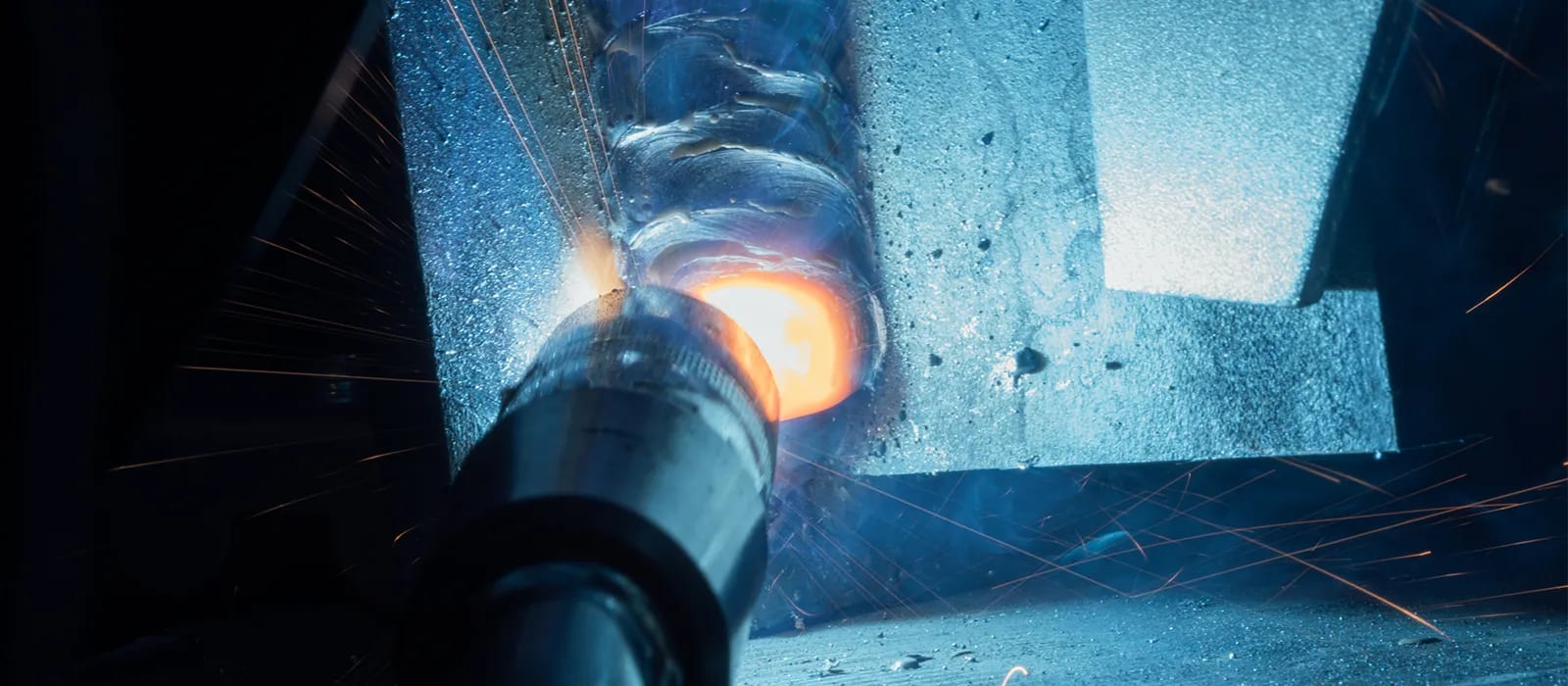Understanding Porosity in Welding: Exploring Reasons, Effects, and Prevention Methods
As professionals in the welding sector are well conscious, comprehending the causes, results, and prevention strategies related to porosity is critical for accomplishing robust and trusted welds. By delving right into the root triggers of porosity, analyzing its detrimental impacts on weld high quality, and checking out reliable prevention techniques, welders can boost their expertise and skills to create top quality welds continually.
Typical Sources Of Porosity
Porosity in welding is mainly brought on by a combination of variables such as contamination, improper protecting, and inadequate gas protection during the welding procedure. Contamination, in the form of dirt, oil, or rust on the welding surface, creates gas pockets when heated up, bring about porosity in the weld. Incorrect shielding happens when the protecting gas, frequently utilized in procedures like MIG and TIG welding, is unable to totally protect the molten weld swimming pool from reacting with the surrounding air, leading to gas entrapment and subsequent porosity. Furthermore, insufficient gas protection, commonly due to wrong flow prices or nozzle positioning, can leave parts of the weld unprotected, allowing porosity to form. These factors jointly contribute to the development of voids within the weld, compromising its stability and possibly causing architectural issues. Understanding and dealing with these typical reasons are critical actions in stopping porosity and making sure the quality and strength of bonded joints.
Effects on Weld Top Quality
The existence of porosity in a weld can substantially endanger the total high quality and honesty of the bonded joint. Porosity within a weld produces gaps or dental caries that compromise the structure, making it a lot more at risk to splitting, rust, and mechanical failure. These gaps work as tension concentrators, lowering the load-bearing capacity of the weld and raising the chance of premature failure under applied anxiety. Furthermore, porosity can likewise work as prospective websites for hydrogen entrapment, further exacerbating the degradation of the weld's mechanical residential properties.
Moreover, porosity can impede the effectiveness of non-destructive testing (NDT) techniques, making it testing to detect other flaws or discontinuities within the weld. This can cause considerable safety and security problems, particularly in crucial applications where the architectural integrity of the welded elements is extremely important.

Avoidance Techniques Review
Given the harmful impact of porosity on weld high quality, effective avoidance methods are vital to keeping the architectural integrity of bonded joints. Furthermore, picking the suitable welding specifications, such as voltage, existing, and take a trip rate, can aid minimize the danger of porosity formation. By integrating these avoidance strategies into welding methods, the incident of porosity can be substantially minimized, leading to stronger and more trustworthy welded joints.
Relevance of Correct Protecting
Correct shielding in welding plays an important role in avoiding atmospheric contamination and making sure the honesty of bonded joints. Protecting gases, such as argon, helium, or a combination of both, are frequently made use of to shield the weld pool from responding with elements in the air like oxygen and nitrogen. When these responsive elements enter call with More Help the hot weld swimming pool, they can trigger porosity, causing weak welds with lowered mechanical residential properties.

Inadequate protecting can lead to numerous problems like porosity, spatter, and oxidation, endangering the structural honesty of the bonded joint. Adhering to appropriate protecting techniques is important to generate top quality welds with marginal issues and guarantee the durability and reliability of the welded elements.
Tracking and Control Approaches
How can welders efficiently monitor and control the welding procedure to make certain optimum results and avoid defects like porosity? By constantly monitoring these variables, welders can identify deviations from the ideal problems and make immediate modifications to avoid porosity formation.

In addition, executing correct training programs for welders is important for keeping track of and managing the welding process properly. What is Porosity. Informing welders on the value of maintaining regular parameters, such as correct gas protecting and take a trip rate, can assist stop porosity concerns. Normal analyses and accreditations can likewise guarantee that welders excel in monitoring and managing welding procedures
Furthermore, making use of automated welding systems can improve surveillance and control capabilities. These systems can specifically manage welding specifications, minimizing the probability of human error and ensuring regular weld high quality. important link By integrating advanced tracking technologies, training programs, and automated systems, welders can efficiently keep an eye on and control the welding procedure to decrease porosity issues and accomplish high-quality welds.
Final Thought
